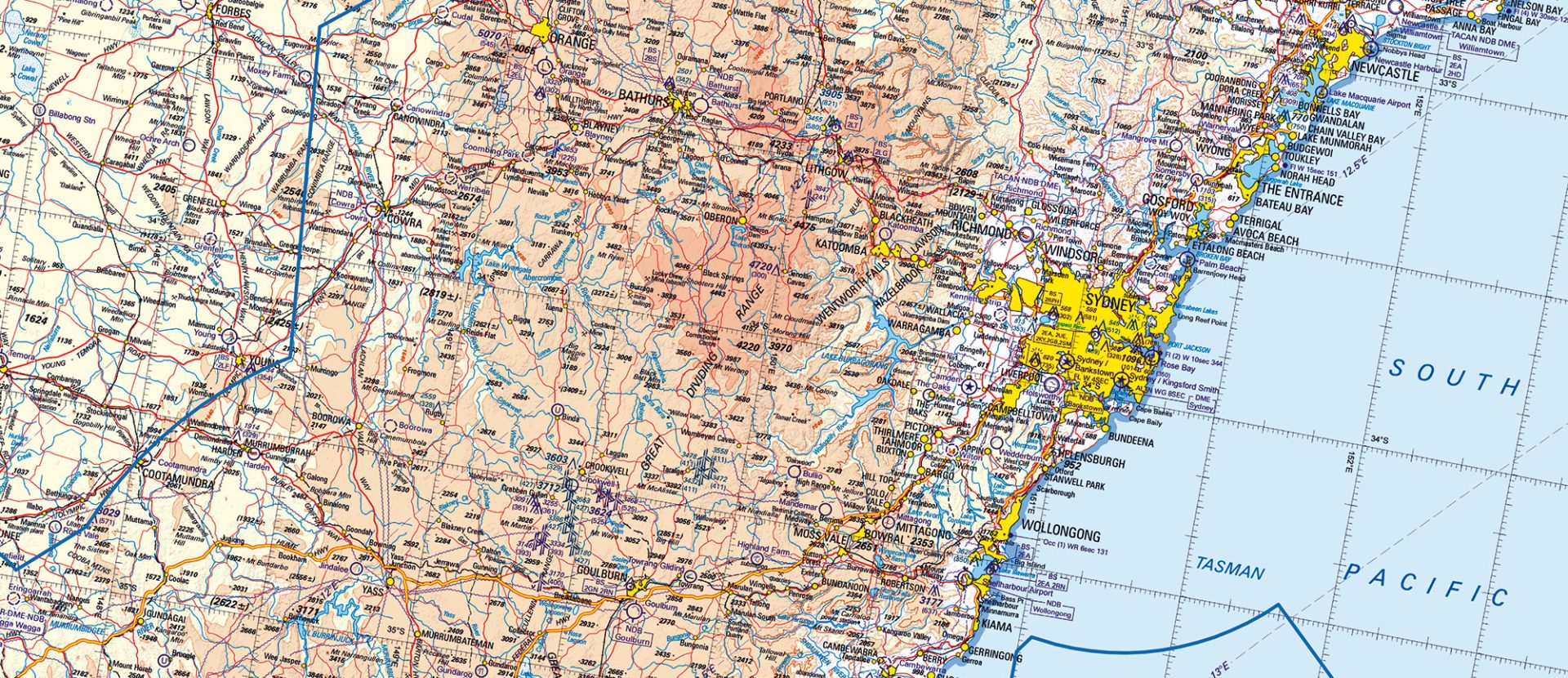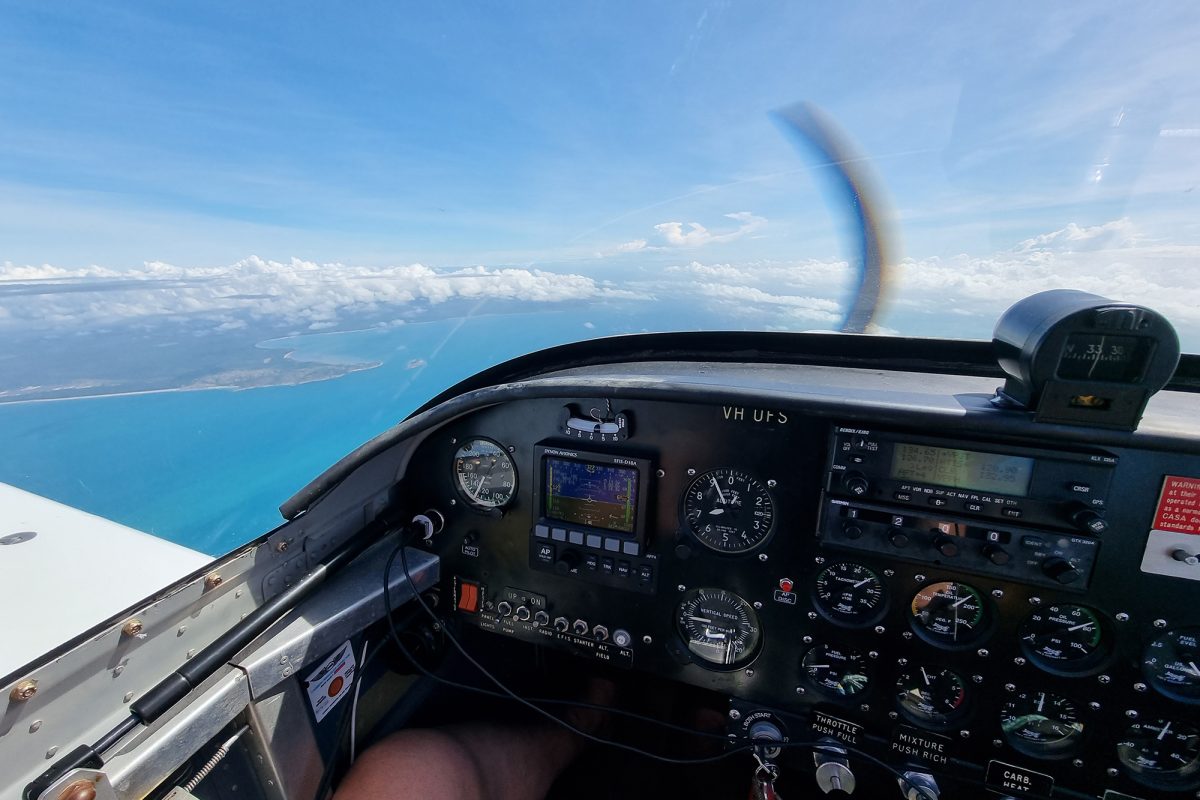THE SKY IS FALLING IN
If you didn’t spot the proposal by Airservices Australia, the people who manage our controlled airspace and airports, to lower the height of Class E airspace to 1,500 feet across much of East Australia, then here’s the heads up. So, what does that mean? Well, Class E Airspace is usually down to a minimum of 8,500 feet. Below that it’s usually Class G or uncontrolled. That allows plenty of room for pilots like you and me to get through. But lowering it for most of the airspace between Cairns and Melbourne on the ‘J -Curve’ removes that Class G space. So, literally, the sky is falling in. Sure, you don’t need clearance for Class E airspace, but you do need a transponder. Currently, about a third of the RAAus fleet has a transponder. That means around two thirds of our fleet would either have to buy and fit a transponder or avoid the area, or worse still, have to fly under 1,500 feet above terrain in some places.
Airservices Australia have said that a purpose of the new airspace change is to “Foster equitable access to the airspace”. From where I sit, that statement is untenable. This change, if enacted, removes the use of that airspace from thousands of users without a transponder and potentially pushes them in to dangerous choices.
Airservices are proposing that this starts in December 2021. They had a consultation period of exactly 3 weeks. In January. When everyone is on holiday. Even so, they got over a thousand submissions and feedback. I’m guessing a lot of these had just two words in them, and the second word was NO. RAAus staff put together a fairly strongly worded submission on the membership’s behalf. As a consequence of these submissions, Airservices have decided to “revise” their proposal. Ironically, one of the other main points that they now recognise is the need to “allow industry sufficient opportunity to consider and provide feedback on the details of the proposal”. Who would have thunk it? The “revision” is pretty much the same as before, with the silly “above ground level” idea replaced by stepped heights that could see you flying at less than 1,500 feet above terrain for extended periods.
Last edition I said I am in favour of letting the people responsible for making important decisions about our air laws make them in an appropriate time frame. Some people criticised that view as being too patient. Well, this is what happens when they try to rush a change through. Bad decisions are made without thought for all air users. Changes that could endanger lives.
I’ve dealt with Air Traffic Control while flying. By and large they have been courteous and helpful. In fact, flying in to Canberra last year with all the smoke around from the bushfires, they went out of their way to help us on approach. So, I don’t think the problem is endemic. There is a problem though. In 2019 a Mooney M20 crashed in NSW mid north coast after diverting when ATC told them they couldn’t transit controlled airspace. This was despite the Australian Transport Safety Bureau finding that there was “no conflicting traffic, meteorological factors or limiting air traffic control instructions or procedures that would have precluded providing the clearance”. Ultimately it was the pilot’s decision to fly where they did and the report indicates that the pilot was lacking currency. But as the head of the ATSB points out “This accident illustrates the significant influence that air traffic control can have on the conduct of a flight.” This isn’t the first instance I have heard of pilots being denied access to airspace for no good reason. It’s indicative of an attitude about denying pilots the use of airspace. And that is of great concern. I know the team at RAAus are working hard to prevent this sort of silliness. I hope they succeed.









